6 Questions to Ask to Narrow Down Cloud Accounting Vendors
If you’re outgrowing QuickBooks or simply looking to simplify and automate your processes by moving accounting to the cloud, the process for building a long list and then narrowing it down to a short list can be a challenge. As part of the narrowing-down process, you will spend a lot of time demoing the software and discussing it with the sales team for each vendor.
As you narrow down your options, it’s important to understand what you’re looking for and how the solution will fit into the equation. This is why we have developed a non-exhaustive list of important questions to ask—and what you should expect in terms of an answer.
Question 1: How Much Uptime Can You Promise?
The uptime discussion is one of the main things that can separate vendors, and should be one of the first things you look for. Uptime is generally discussed in terms of “nines,” as in “how many nines can you promise,” and shouldn’t be taken lightly, as each nine promised is a testament to the company’s commitment to the customer:
- Two Nines (99%): 3.65 days per year, 7.2 hours per month, 1.68 hours per week
- Three Nines (99.9%): 8.76 hours per year, 43.8 minutes per month, 10.1 minutes per week
- Four Nines (99.99%): 52.56 minutes per year, 4.32 minutes per month, 1.01 minutes per week
- Five Nines (99.999%): 5.26 minutes per year, 25.9 seconds per month, 6.05 seconds per week
While five or more nines is often reserved (and priced) for mission critical applications like telecommunications, utilities, and more, your cloud provider should be able to promise and deliver more than two nines. Often, the sweet spot for SaaS applications is right around three nines, meaning you will see no more than ten minutes of unplanned downtime per month.
However, the real way to judge a vendor is not by promises made, but promises kept. For instance, a leading vendor in the cloud space promises 99.8% uptime, but delivers a 12-month rolling average of 99.987%—nearing the five nines “promised land.”
Question 2: Have You Worked in Our Industry Before?
While the answer is probably yes (the cloud accounting and ERP market is relatively mature), the real question you should be asking is “have you had success with our industry?” It’s common for a vendor to have product or service pages for many different industries, but few case studies pertaining to the industries. It’s important to look at these case studies and success stories for companies like yours in size, needs, and industry.
Question 3: How Much Will It Cost to Get Up and Running?
Another of the natural advantages of a cloud-based accounting software, there are still differences in start-up pricing and implementation. This is an example in which time is quite literally money, as you will be charged for each hour of migration, training, and other necessary services.
The biggest differentiator in this equation is the scope of the implementation—how deep will the software reach into your organization? Suites will naturally take longer to implement, but it will be a one-time project. Single-focus best-of-breed applications can be done quickly and easily, but you may have to complete multiple, less disruptive projects. We discuss the Implementation process in our blog series, Eight Things to Look for in Accounting Software, Part 2.
Question 4: How Will Ongoing Pricing Work?
Pricing is one of the key advantages of SaaS-based applications, generally allowing a move away from licenses, which in turn helps to offer more transparency and ease decision-making. With this in mind, as you compare vendors, one of the most common structures you will see is the per-user, per-module pricing.
In this, it’s important to know what you’re getting, how much it will cost, and how much it will cost for additional users—some users will need additional access, functionality, and modules. Know what you’re getting, how much you’ll be paying, and how much it will cost to add users, modules, or more as your business expands.
Question 5: Is There a Process for Requesting New Features?
At some point, you’ll be using a software, and think, “wow, wouldn’t it be nice if I can do [this]” or “how much easier would my job be if the software could do [this]?” One of the advantages of the cloud is that updates are much more flexible and frequent. Rather than having to wait a year for new patches, cloud accounting applications offer much more frequent updates—up to four times a year.
Knowing this, it’s important to understand the process for requesting new features. Is it easy to ask? Will you be given the same opportunity to request as a large business? How does the vendor narrow down what will be added in the release?
Question 6: How Often Will These Updates Come Through?
As we said, cloud software updates more frequently and easily than an on-premises offering (updates are hands-off; often you walk in to an update the next day or on a Monday). However, the more moving parts that a software has, the less frequent or focused an update will be. This is a main difference between suites and best of breed offerings—suites add a lot of complexity to the equation, so R&D money is spread across multiple products.
Conclusion
When you look to change accounting software, it’s just as important to plan as it is to find the right software. If you know what you want, you will be able to narrow down vendors with minimal stress. Stay tuned for an upcoming blog in which we discuss some of the internal discussions you will need to have before you even start looking at new cloud solutions, coming early next month. If you’re ready to learn more about the power of Sage Intacct for your growing business, contact us today.

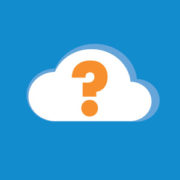

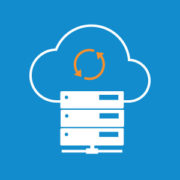
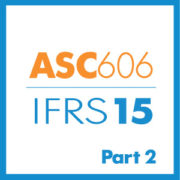
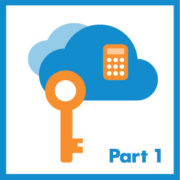
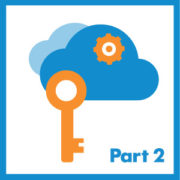
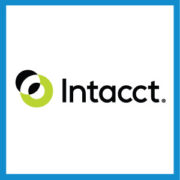



Leave a Reply
Want to join the discussion?Feel free to contribute!